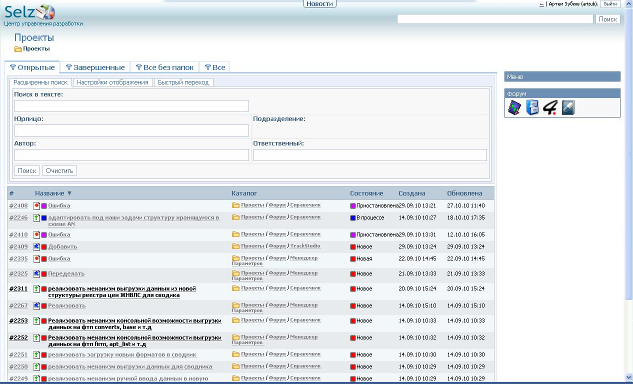
What's new in TrackStudio 4.0/5.0 ?
TrackStudio has become more user-friendly
TrackStudio now has a Dashboard
You can now start your work in TrackStudio from this page
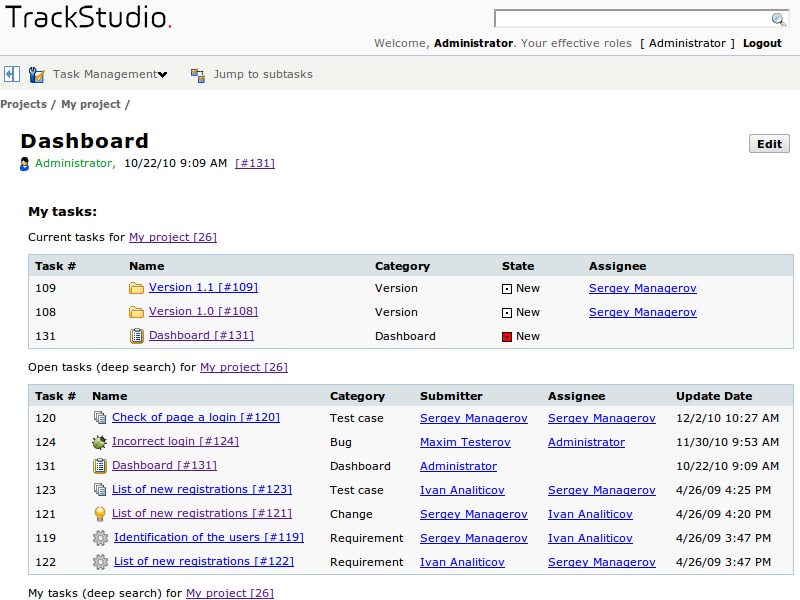
Now, TrackStudio allows not only managing the tasks, but also files and documents.
Documents can be used for organizing the knowledge base or for maintaining the project documents.
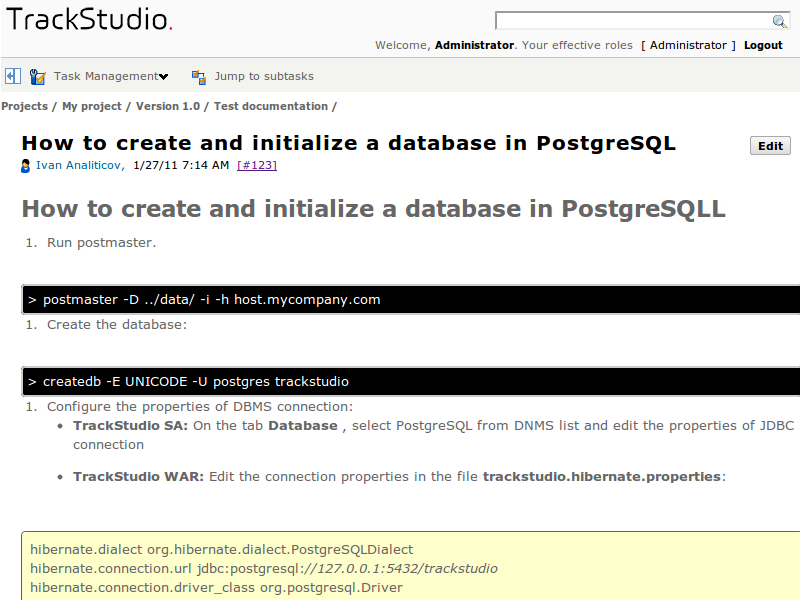
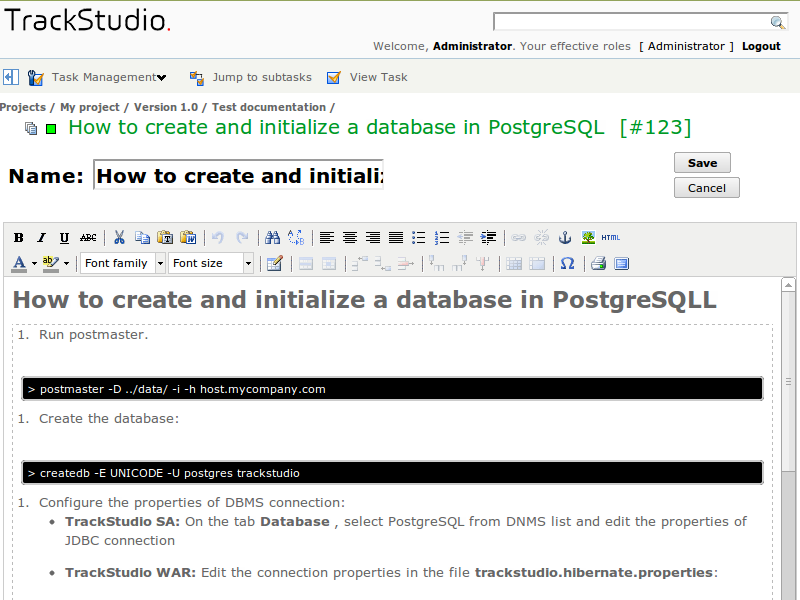
Containers for files allow organizing the exchange in distributed command.
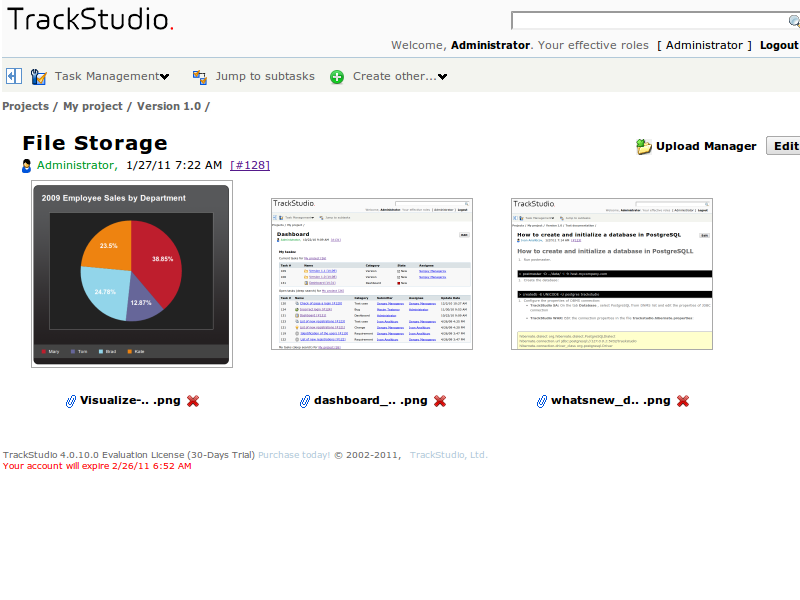
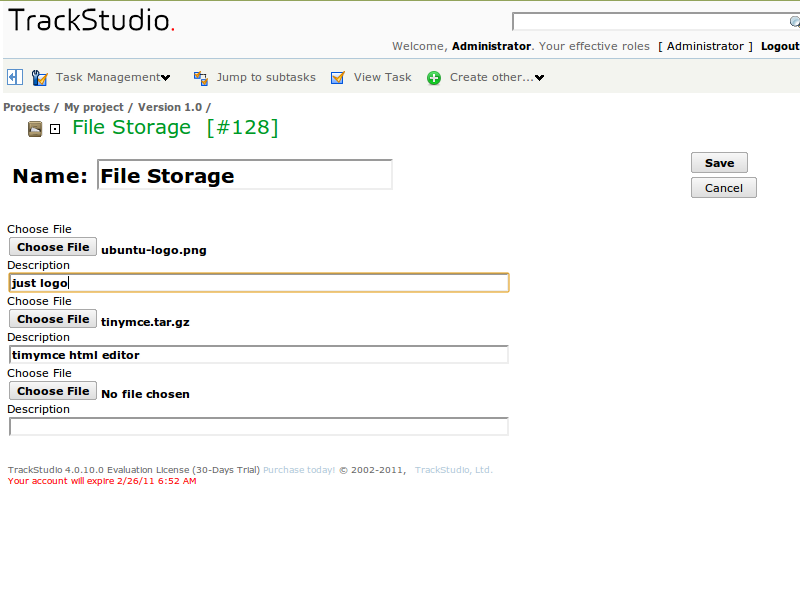
Now TrackStudio has built-in bookmarking.
Now the frequently used tasks and tasks lists can be separately bookmarked and can be accessed quickly when required.
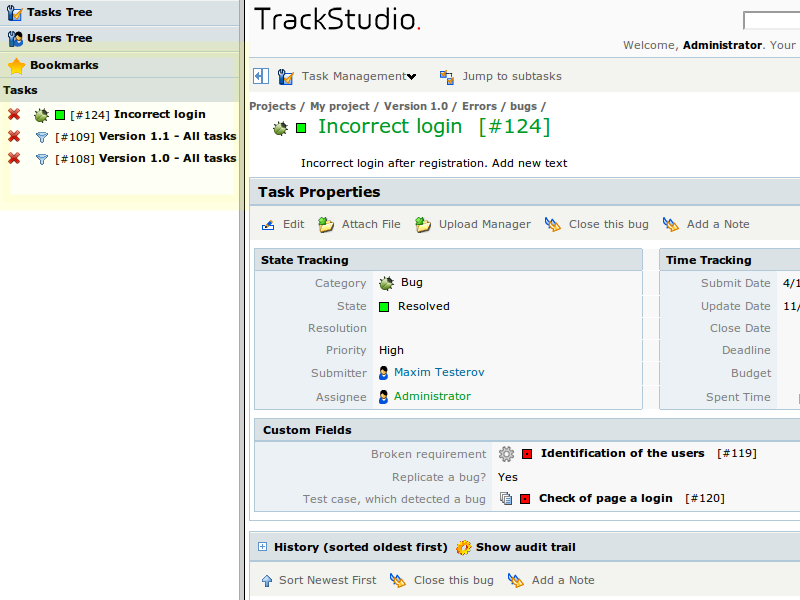
Search features have been improved.
Now in search string one can simultaneously indicate several task numbers and find them all. Now TrackStudio first displays all the found tasks in the active project, and then all the remaining ones.
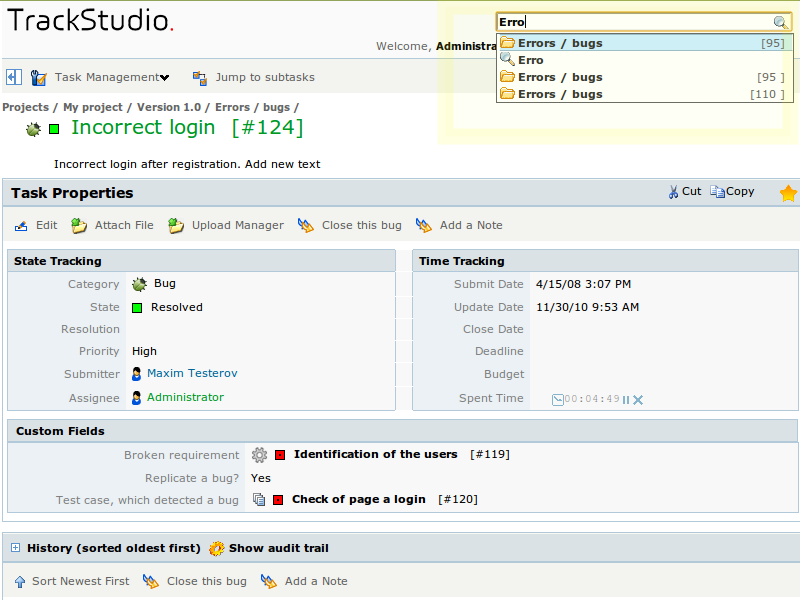
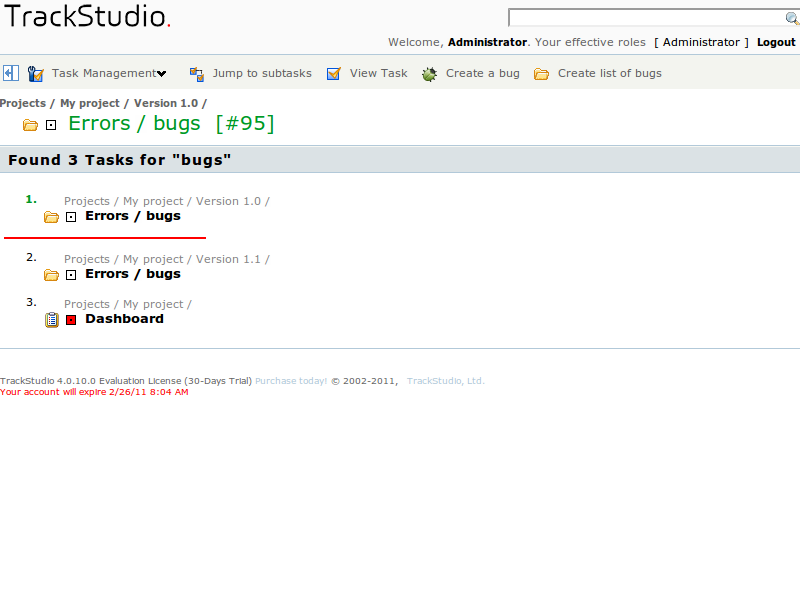
RSS support has been improved.
Now one can create the filter “My Tasks” and receive RSS feeds (list of events) related to these tasks.
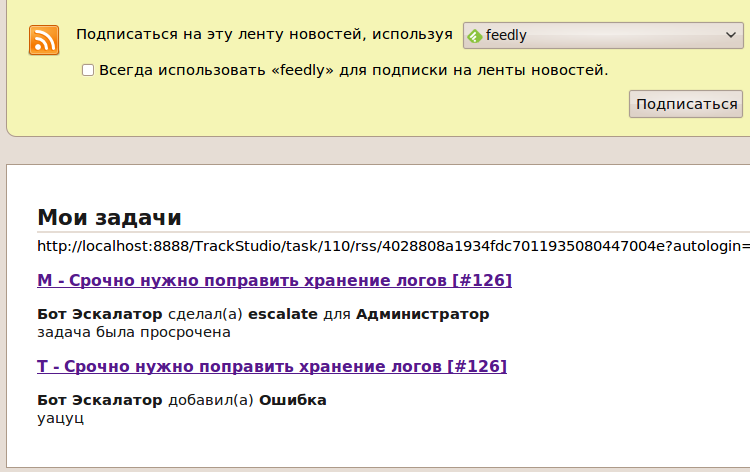
Now the tree gets updated automatically.
Now it is not required to press F5 for refreshing the status of tasks in the tree.
Now filters and categories can be organized into groups.
For example, name of the filter “My Tasks/ To be done today” means that the filter “To be done today” must be placed in the group “My Tasks”.
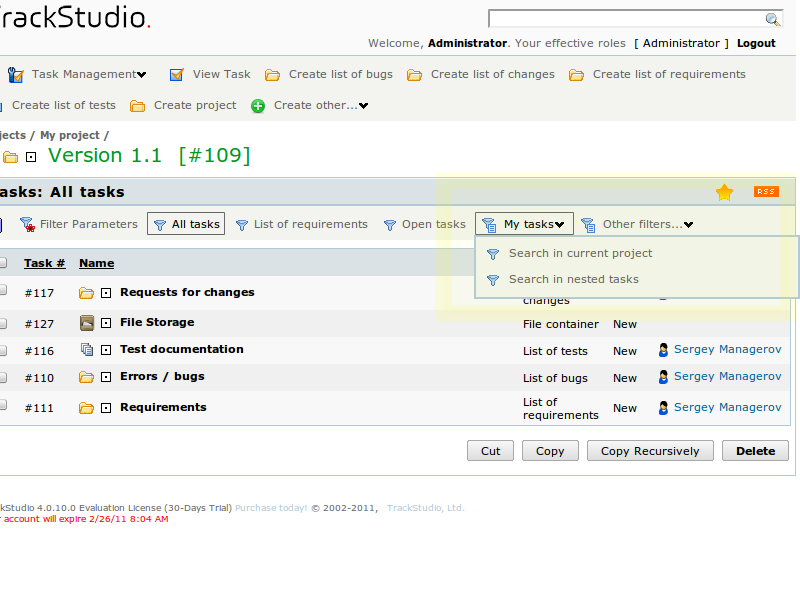
New features have been implemented for working with attached files.
Now it is possible to attach the file directly while creating the task. File can be attached not only to the task, but also to the message, to the user. New feature allows viewing the contents of the archive and downloading separate files from it. Several attached files can be downloaded with a single archive. Large size files are also supported. Search by the names of attached files has also been implemented. Using WebDAV, it is now possible to edit the file directly on the server, without the need to download it.
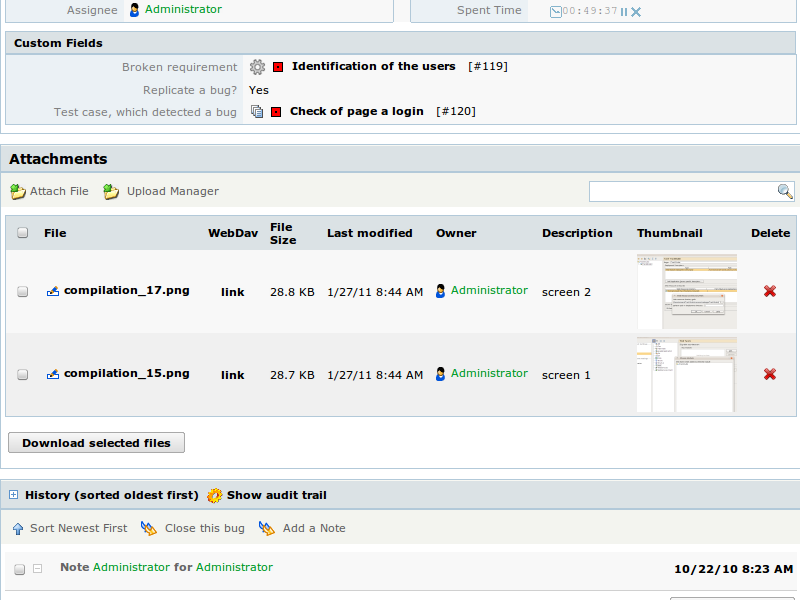
Previous messages can be cited while adding the messages.
This requires only marking the messages to be cited with check-boxes.
New feature for creating the configurations has been implemented.
Usage of configurations allows moving the tasks, users, and also the system settings from the test server to the working one. Identifiers of all the objects are also retained.
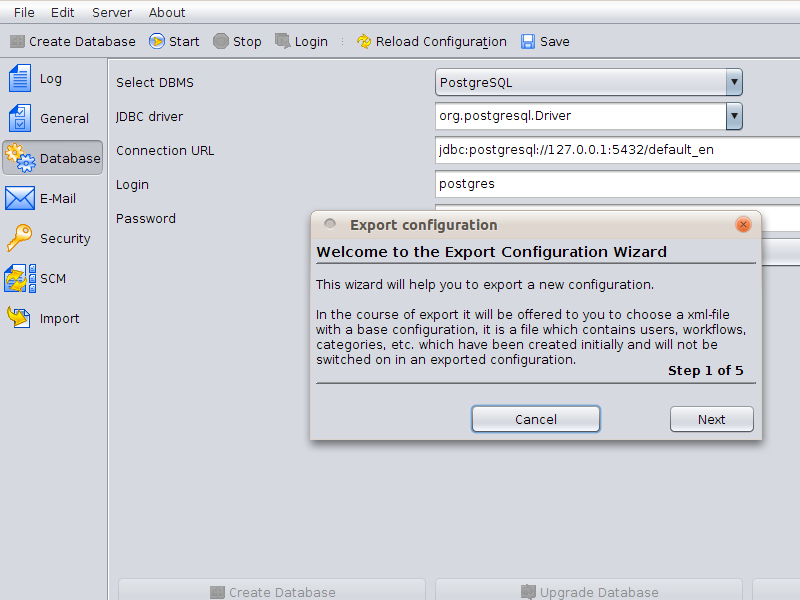
Sorting order of messages can now be changed.
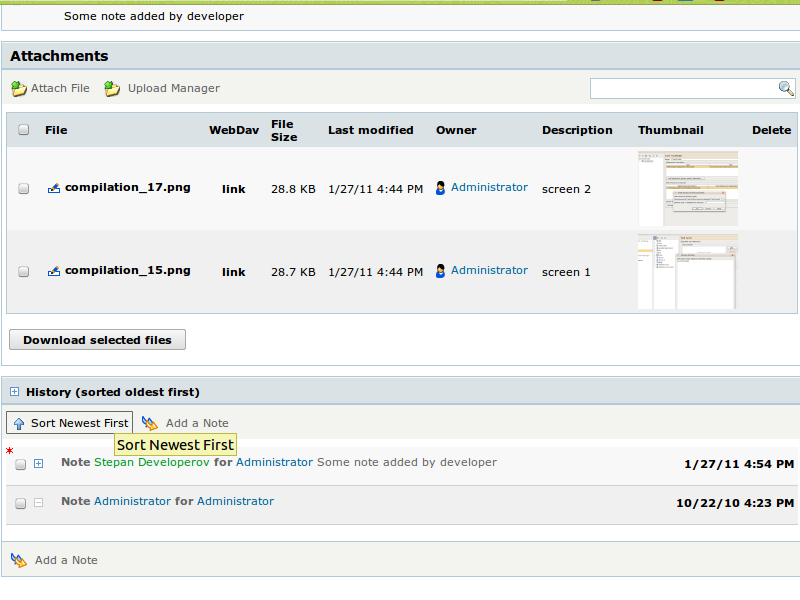
Dialog box for selecting the assignee has been changed.
Now the people, working on the task, are displayed in a particular way and they can easily be found in the long list.
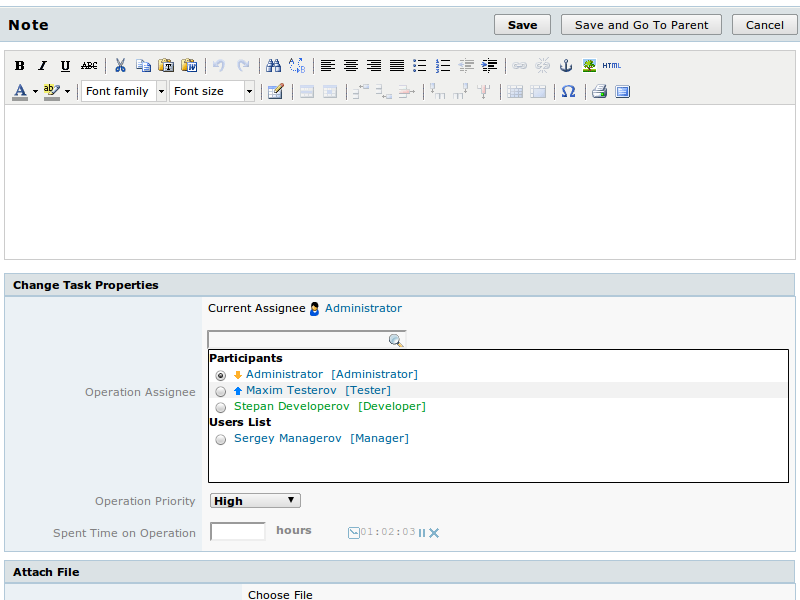
Now the timer can work with several tasks simultaneously.
Timer stores, how much time the user has spent on the given task, even if it is required to temporarily switch over to other tasks.
With the help of buttons “Next” and “Previous”, it is now possible to switch between filtered tasks.
For example, all the tasks of today can be quickly viewed and if required comments can also be made on them.
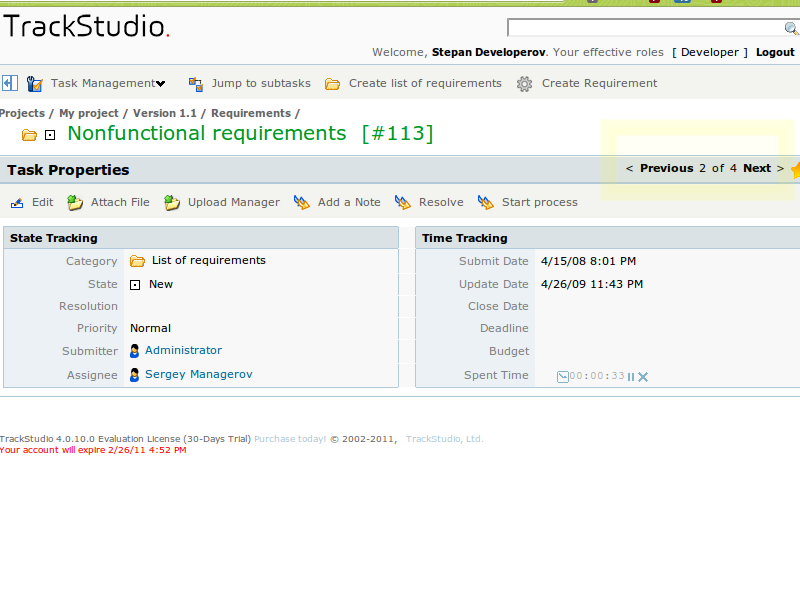
Now the users can be notified about the updates and expected reloading of the system.
Users see the message during the next reloading of the page.
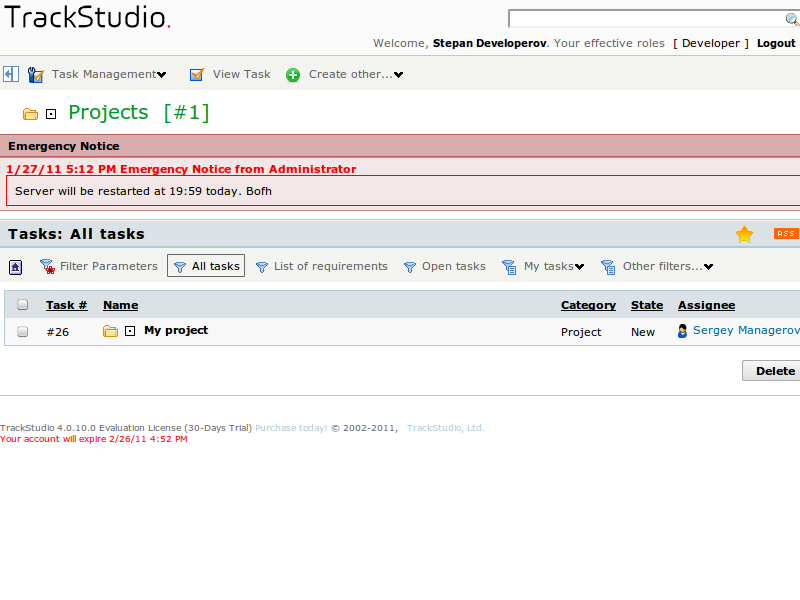
Atlassian Crowd and JSSO are supported.
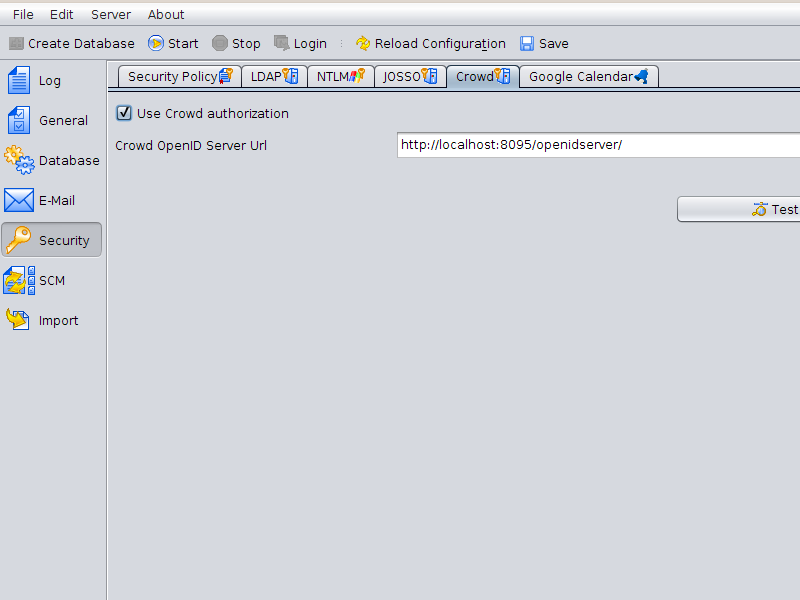
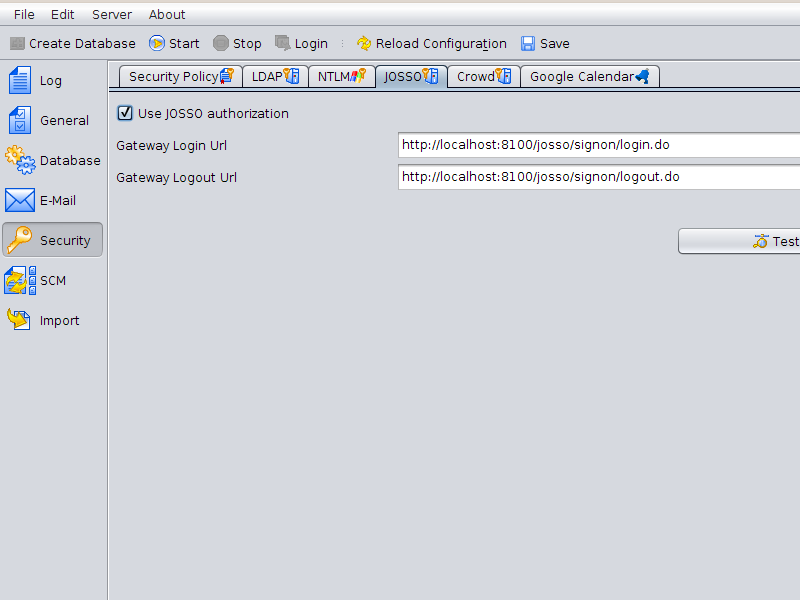
Besides CVS and Subversion, TrackStudio 4 supports Perforce.
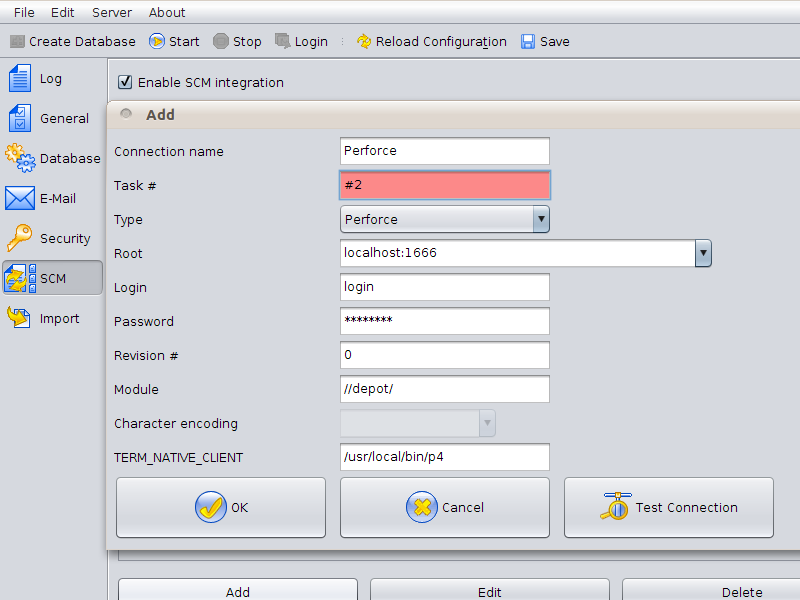
Direct import of Atlassian JIRA database is implemented.
Now moving the database from JIRA to TrackStudio has become much simpler.
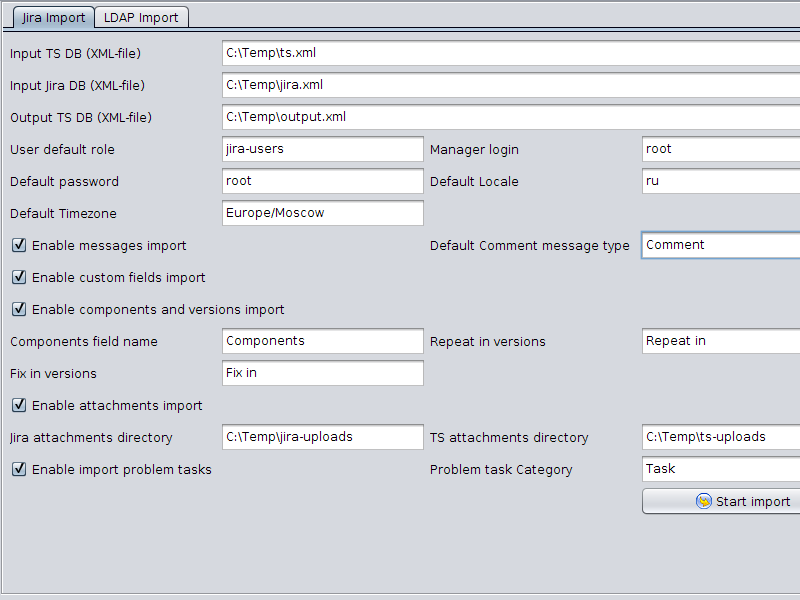
Now the tasks can have several initial states.
One of these states is marked as “basic” and is used while creating the tasks through e-mail. If several possible states are indicated, then at the time of creating the task through web-interface it can be selected.
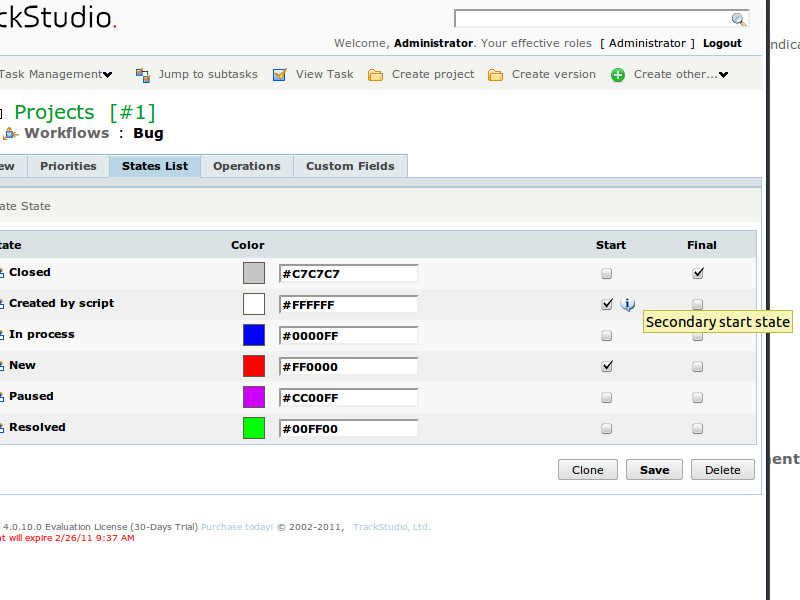
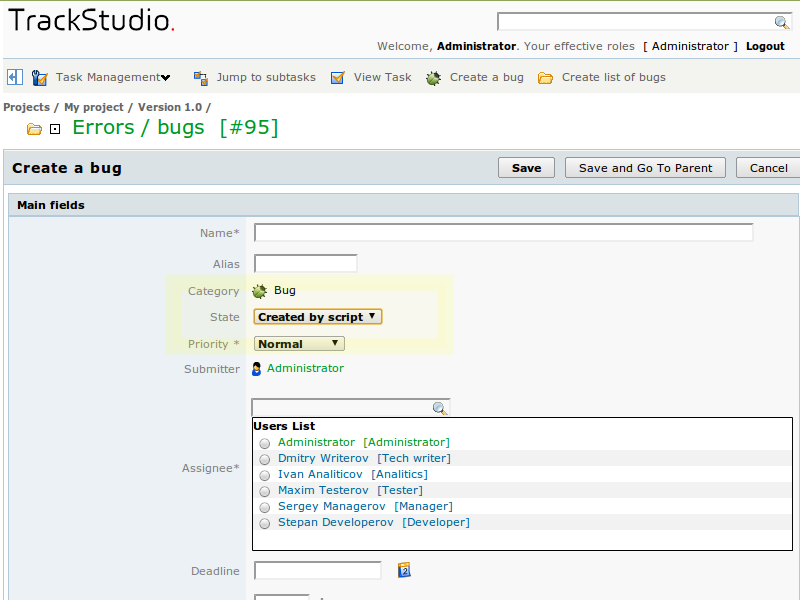
Transition graph between process states can be exported and viewed in GraphViz.
Support for latest versions of Internet Explorer, FireFox, Opera, Safari and Chrome has been implemented.
TrackStudio has now become more flexible
There are templates for the interface
Interfaces are used in TrackStudio for special access to the system. For example, if you want to manage anonymous access (without registering) to your own project. Or you want to grant your subordinates an alternative, simpler interface with limited functionalities. Or, in contrast, you want to expand the functionality of the interface using Ajax technology.
Now, scripts can be developed in Java and compiled into classes.
This allows using the features of advanced IDE during development. Besides, these scripts work significantly faster.
Old report generator engine (JasperReports) is replaced by BIRT
Now List Report supports the variable number of columns, and width of the columns can also be managed.

New type of report has been added – Trend.
Report of this type enables evaluating how the number of new, open, and closed tasks has changed in recent times. This can be useful for determining the readiness of product for release.
Tasks of different categories can now be displayed and behave differently.
Now for different categories of tasks, it is possible to use different icons, sorting order in the tree, format for displaying the time worked. For example, we can indicate that the projects must be sorted in the tree in alphabetical order, time spent on the project must be measured in days, and when we move to the project we will be interested in the list of sub-tasks.
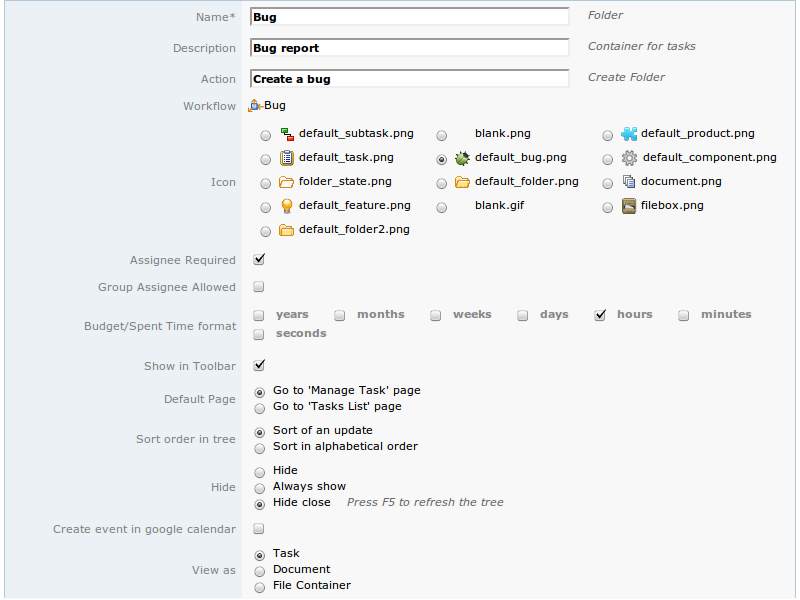
Unused category can be temporarily disabled.
Users can not create tasks with this category, until you do not enable it back.
Now, multiple emails can be specified for each user.
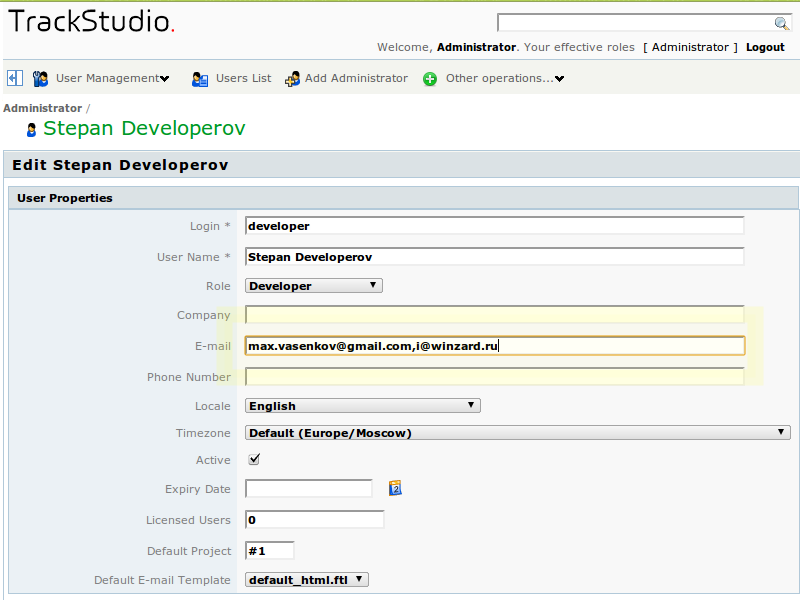
Now we have one more new type of Report – Gantt Chart

Integration has been done with Google Calendar. Now the categories of tasks selected by you will appear in the form of events in your calendar.
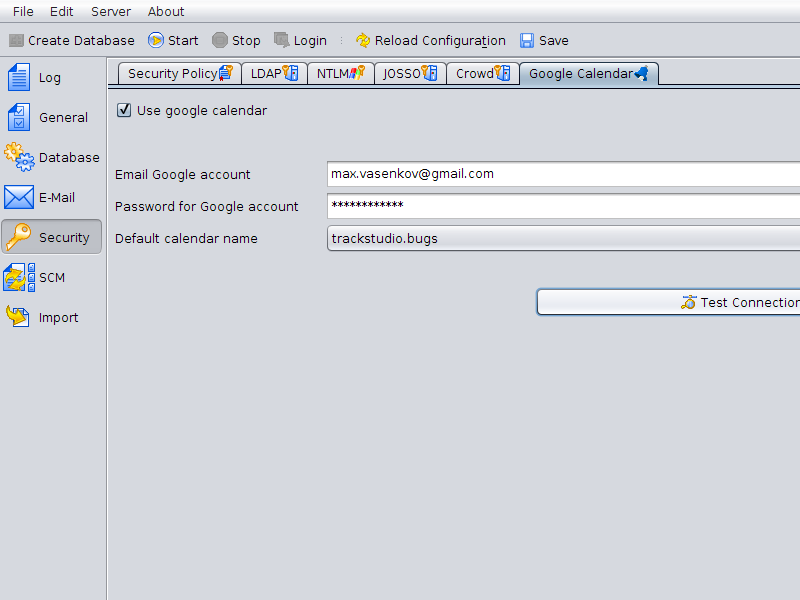
Export of data about tasks for presentation in code_swarm has been implemented.
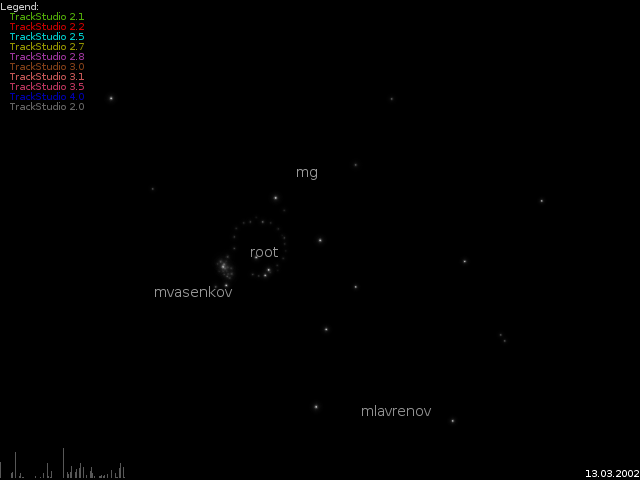
TrackStudio has become easier.
Now for working, the user does not need to know about tasks, filters or operations.
Now button with understandable name can be connected with each category or operation:
“Create Project”, “Report Error”, “Close”.
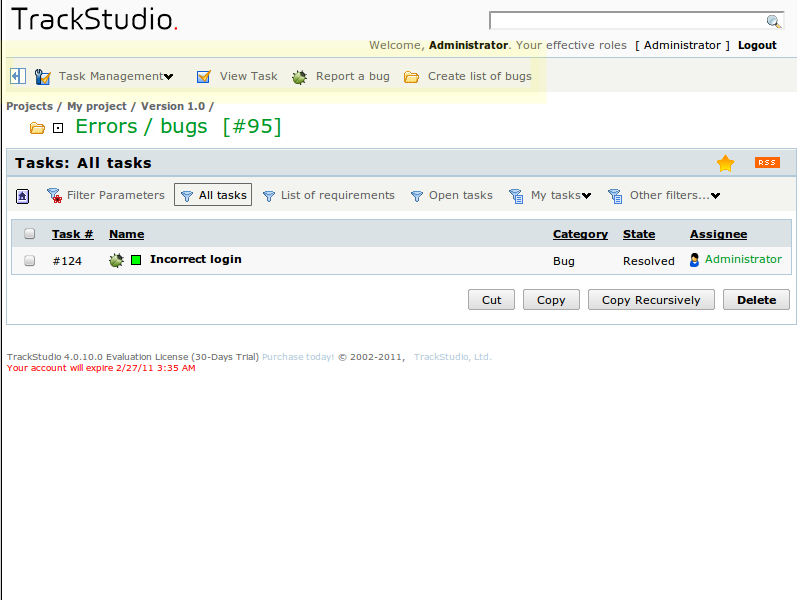
Selection of filters has become simpler, frequently used filters can be selected by a single click.
Similarly, you can try different settings for filtering and save the filter directly from the window with tasks list.
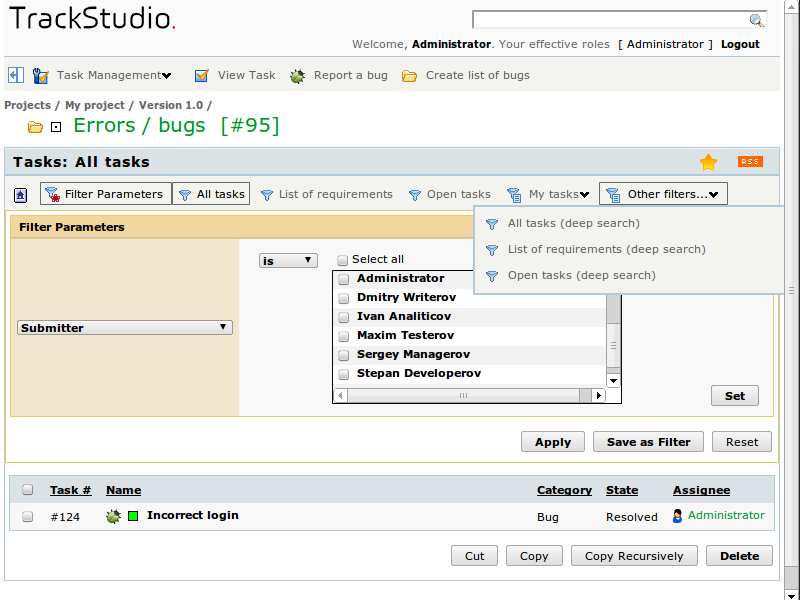
Permissions setting has been simplified
Now from the settings of a particular group, you can view/indicate, which permissions the users of this group have for all custom-fields, processes, categories. ‘Jumping’ over the categories/processes and assigning of permission for the group is now not required, this can now be done from a single place. If permission settings are not incorrect – then a warning is displayed near the category/workflow.
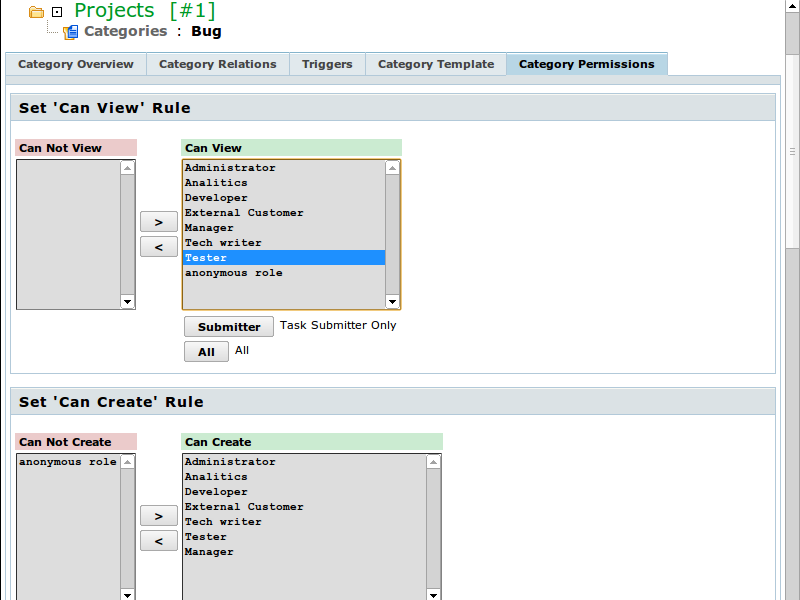
Browsing over the configuration elements (filters/ workflows/ categories etc) has been simplified.
In the version 3.5 when we moved to the filters list, there appeared a single list of filters for the active task and for higher tasks. In 4.0, we see the filters only for the active task, while links are displayed to the filters in other accessible tasks. This enables us to quickly find the required filter without searching all the tasks.
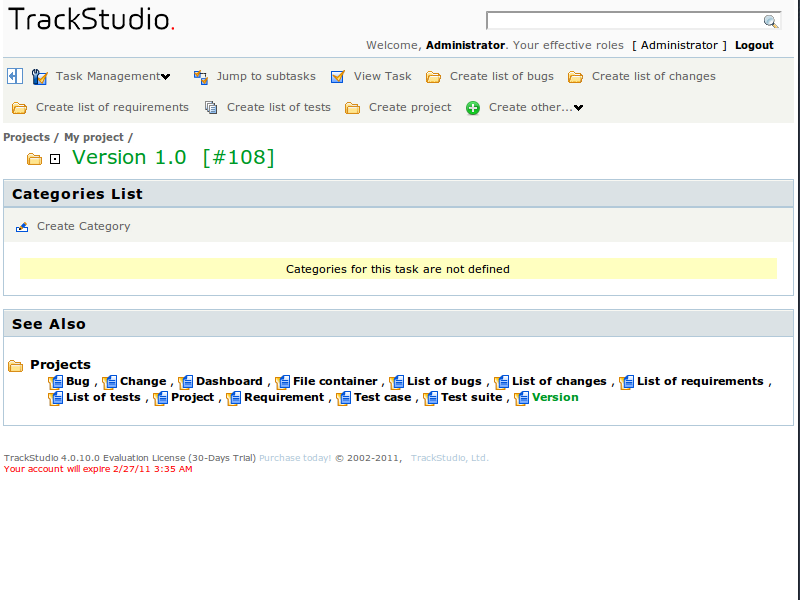
Managing the list of visible fields and sorting order separately from filtering management.
This has somehow allowed the simplification of the page with filtering parameters.
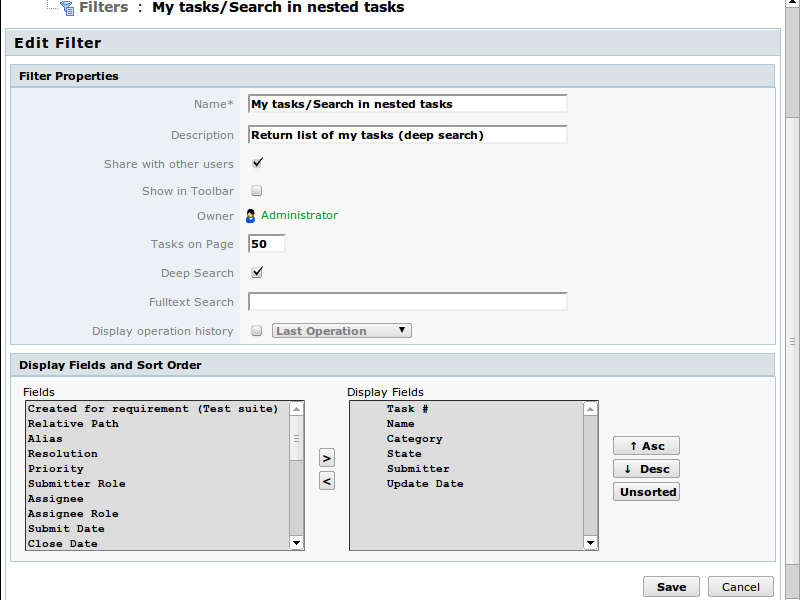
CSV Import is now implemented in the form of a separate application.
Writing of scripts for importing to 3.5 had many complexities associated with it, but in 4.0 we have done our best to make the import process of data as simple as possible.
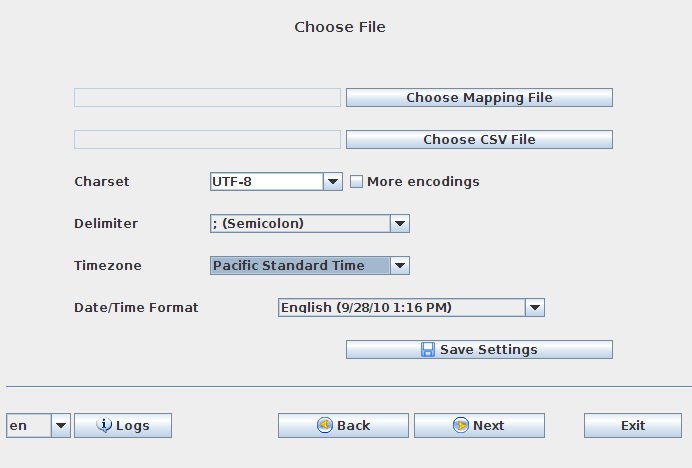
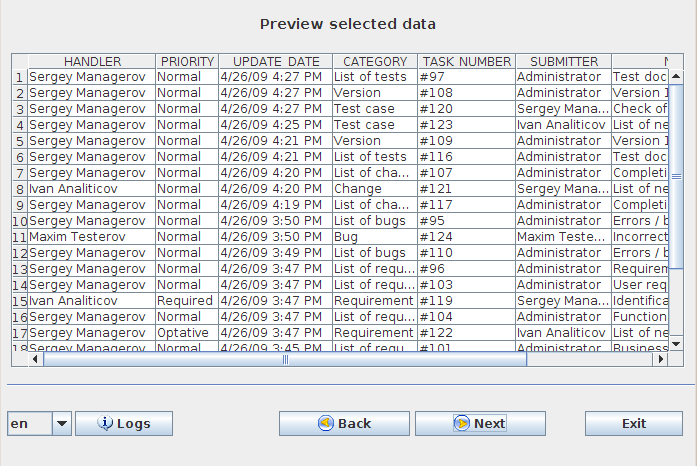
Usage of SOAP API has now become easier.
In TrackStudio 4, JAX WS is used instead of Apache AXIS, and support for FastInfoSet allows significant improvement in performance.
All the scripts and templates are now stored in files on the disk drive.
This has enabled ‘relieving’ of TrackStudio interface and has also simplified the editing.
Importing of users from LDAP has been implemented.
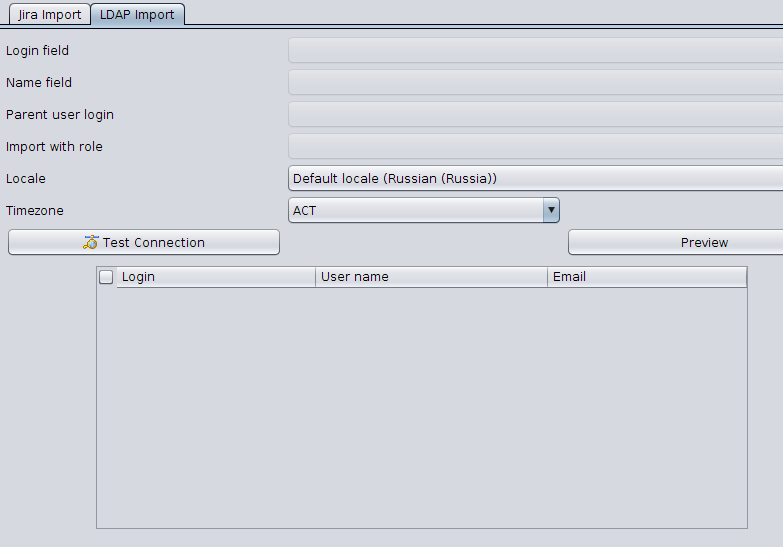
Unnecessary features that have been done away with
There is no longer support for application server cluster.
This feature had its own limitations, was used rarely and made the application’s code much more complex and difficult to maintain.
Creation of messages through forms in e-mail notifications has been removed.
This functionality required support for JavaScript from the side of e-mail client and did not work in Outlook or web-based clients.
Feature for creation of user in the system while importing the email from unknown user has been removed.
This feature was quite complex to configure and use, use triggers instead.
Bulk creation of messages on the page with tasks list has been done away with.
Instead, there is now a special type of scripts, which can be executed for the selected tasks. Script can not only add messages, but can also change the values of user fields, remove the messages and so on.
Feature for managing the visibility of task depending upon the current assignee has been removed.
This feature had its application in very limited situations and raised many issues. Earlier we did not recommend using this feature, but now it has been explicitly prohibited.
The feature to manage the permissions for custom fields depending upon the task state has been removed.
Now the permissions can be managed only depending upon the type of message.
